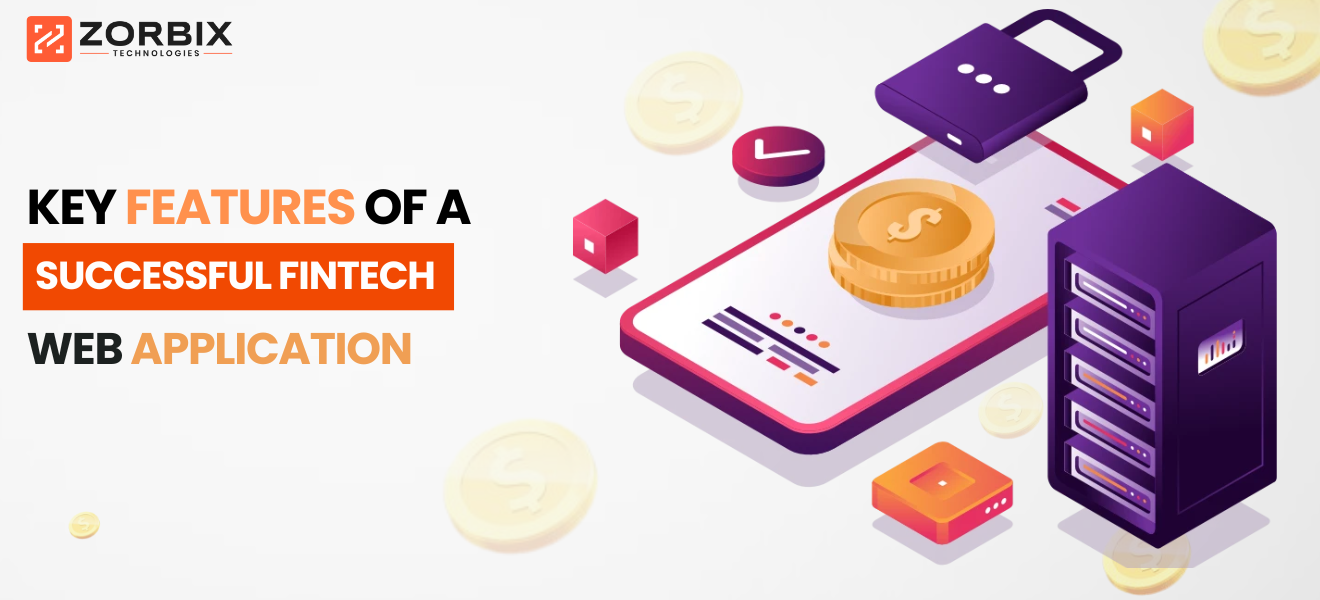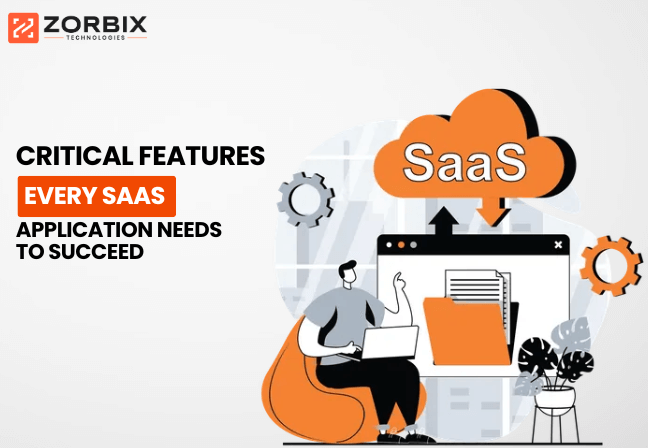
The financial technology (FinTech) industry is evolving at an unprecedented pace, with web applications at the core of this transformation. From digital banking to investment platforms, FinTech apps have become an essential tool for managing finances, providing users with convenience, efficiency, and security. But what exactly makes a FinTech web application stand out in 2024?
In this blog, we’ll explore the key features that drive the success of modern FinTech web applications and how they’re shaping the future of financial services.
User-Friendly Interface and Experience
One of the primary determinants of a successful FinTech web application is its user experience (UX). In the FinTech world, where users handle complex financial information, clarity and simplicity are essential. A well-designed app should offer:
- Intuitive Navigation: Users should easily navigate through their accounts, transactions, and services without getting overwhelmed by cluttered interfaces.
- Clean Design: The interface should be minimalistic yet effective, guiding users to the right features while eliminating unnecessary distractions.
- Personalized Dashboards: Tailored dashboards allow users to manage their finances effortlessly by providing a quick overview of key metrics such as account balances, investments, and spending habits.
Robust Security and Data Encryption
In 2024, security remains the top priority for FinTech web applications. As cyber threats continue to evolve, FinTech platforms must implement cutting-edge security measures to protect sensitive user data. This includes:
- Data Encryption: All financial transactions and user information must be encrypted using advanced algorithms to ensure confidentiality.
- Multi-Factor Authentication (MFA): Adding MFA to user login procedures reduces the risk of unauthorized access, providing an extra layer of security beyond passwords.
- Biometric Authentication: Integrating biometric features like fingerprint or facial recognition further enhances security and user convenience.
Seamless API Integrations
FinTech applications thrive on integration with various external services, such as banks, payment gateways, and investment platforms. Seamless API integration allows users to access multiple services within a single application. Essential integration features include:
- Payment Gateways: Enabling secure and smooth online payments via multiple methods (credit cards, digital wallets, cryptocurrencies, etc.).
- Banking Integrations: Connecting user accounts with banks for real-time transaction updates and easy fund transfers.
- Investment Platforms: Integrating with stock markets, cryptocurrency exchanges, or robo-advisors to provide a holistic financial overview.
AI-Powered Analytics and Personalization
Artificial Intelligence (AI) is revolutionizing the FinTech sector by providing intelligent insights and personalized experiences. Successful FinTech web applications leverage AI-powered analytics to offer:
- Financial Insights: AI-driven analytics help users make informed financial decisions by analyzing spending patterns, income trends, and investment opportunities.
- Personalized Recommendations: Based on a user’s financial behavior, AI can suggest saving plans, loan offers, or investment strategies tailored to their goals.
- Automated Financial Management: AI bots can automate tasks such as bill payments, budgeting, and investment tracking, allowing users to manage finances effortlessly.
Regulatory Compliance and Reporting
Navigating the complex landscape of regulatory compliance is critical for FinTech companies. A successful web application must integrate features that ensure compliance with financial regulations, such as:
- Know Your Customer (KYC): Automated KYC processes help verify user identity, ensuring adherence to anti-money laundering (AML) laws.
- Transaction Monitoring: Continuous monitoring of transactions for suspicious activities helps prevent fraud and ensures regulatory compliance.
- Detailed Reporting: Generating reports for both users and regulatory authorities simplifies the audit process and ensures transparency.
Mobile Responsiveness and Accessibility
In an age where mobile usage surpasses desktop, mobile responsiveness is essential for any successful FinTech web application. Users expect to access their financial information seamlessly across devices, which includes:
- Responsive Design: Ensuring that the web app adapts to different screen sizes, offering a consistent experience across desktops, tablets, and smartphones.
- Mobile-First Development: Prioritizing mobile performance to meet the growing demand for on-the-go financial management.
- Accessibility Features: Incorporating features like screen readers and high-contrast modes ensures the platform is accessible to users with disabilities.
Conclusion: Building the Future of FinTech Applications
The FinTech industry continues to innovate, and staying competitive in 2024 means delivering cutting-edge web applications that cater to evolving user expectations. From secure transactions and seamless integrations to AI-powered personalization, the success of a FinTech web application hinges on its ability to blend technology with user-centered design.
At Zorbix Technologies, we specialize in building high-performance FinTech web applications that meet the needs of modern businesses. Whether you’re developing a digital banking platform, investment app, or payment gateway, we have the expertise to turn your vision into reality.
Connect with Zorbix
Ready to take the first step towards unlocking opportunities, realizing goals, and embracing innovation? We're here and eager to connect.




